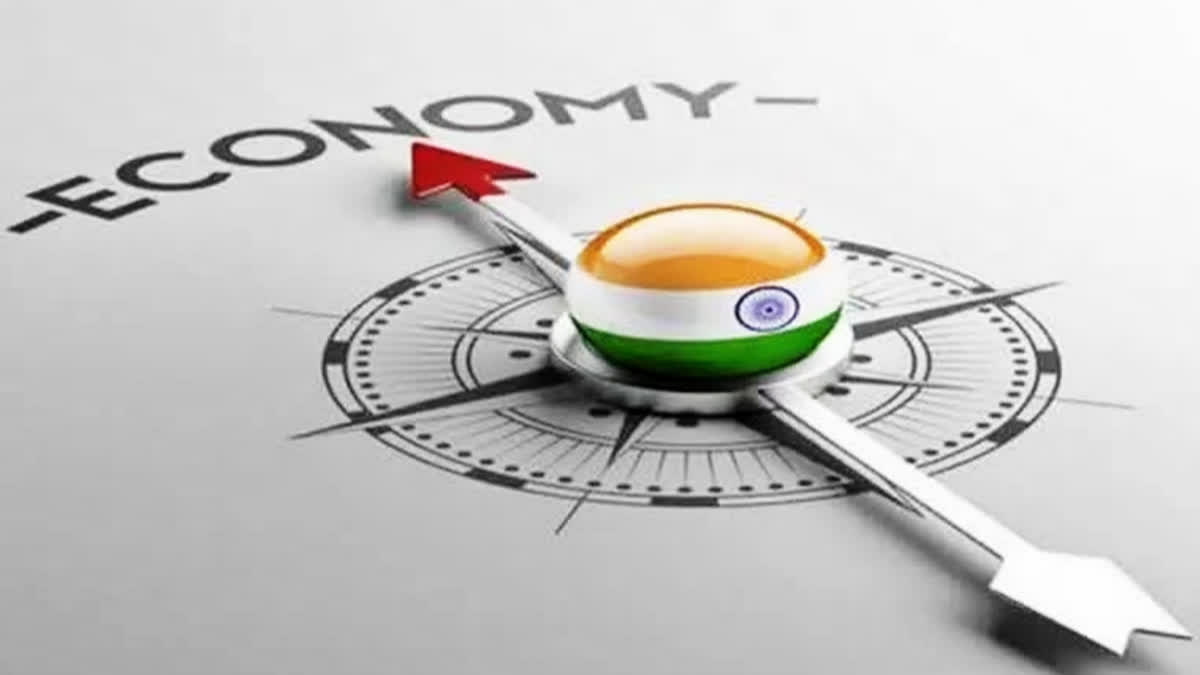Hyderabad:In early 2024, Prime Minister Narendra Modi is anticipated to reveal a roadmap, which is aimed at launching India into a developed nation with a $30 trillion economy by its 100th year of Independence. NITI Aayog, India's apex policy think tank, is on the verge of finalising a comprehensive vision document to achieve this transformation by 2047.
Currently the world's fifth-largest economy at $3.7 trillion, India is projected to surpass Germany and Japan by 2030. NITI Aayog estimates a need for an annual average economic growth of 9.2% between 2030 and 2040, 8.8% between 2040 and 2047 and 9% from 2030 to 2047.
However, this vision also presents a significant challenge for a nation contending with widespread issues such as poverty, unemployment, healthcare and education deficiencies, inadequate infrastructure, mounting private debt and income disparities. It's important to remember that, historically, transitioning an economy from low-income to high-income carries the risk of getting stuck in a 'middle-income trap.' Both South Africa and Brazil have found themselves confined to the middle-income group while striving to shift from low-income to high-income status.
This trap refers to a situation whereby a middle-income country is failing to transition to a high-income economy due to rising costs and declining competitiveness. Hence, a need for awareness is the need of the hour. To avoid this potential threat, India must expedite the shift from agrarian to industrial economies, address income inequality, and focus on increasing investments in physical and human capital.
Additionally, the implementation of a minimum wage policy is crucial. Exploring avenues to reduce production costs can enhance export competitiveness and boost local employment.
Likewise, there is a need to explore new processes and markets to ensure sustainable export growth. The shift from a resource-centric economic system to one based on increased productivity and innovation is indispensable.
Role of youth
The youth of India, comprising more than 65% of the population under 30, play a vital role in achieving the Vision of Dream India for 2047. With access to quality education, digital fluency and a spirit of innovation, they can drive societal transformations, create a vibrant startup ecosystem and address pressing social issues.
In the digital era, the youth's fluency in technology can drive principal changes through social media, amplifying their voices and mobilising communities.
NR Narayana Murthy, the former chairman of Infosys, recently shed light on the pivotal role the youth must play in achieving this audacious goal. Murthy passionately appealed to the young minds of the country, urging them to commit to an extraordinary dedication—working 12 hours a day for the next 20 to 50 years. He expressed hope that such continuous effort will propel India to the forefront, securing a position as one of the top economies, on the global front.
